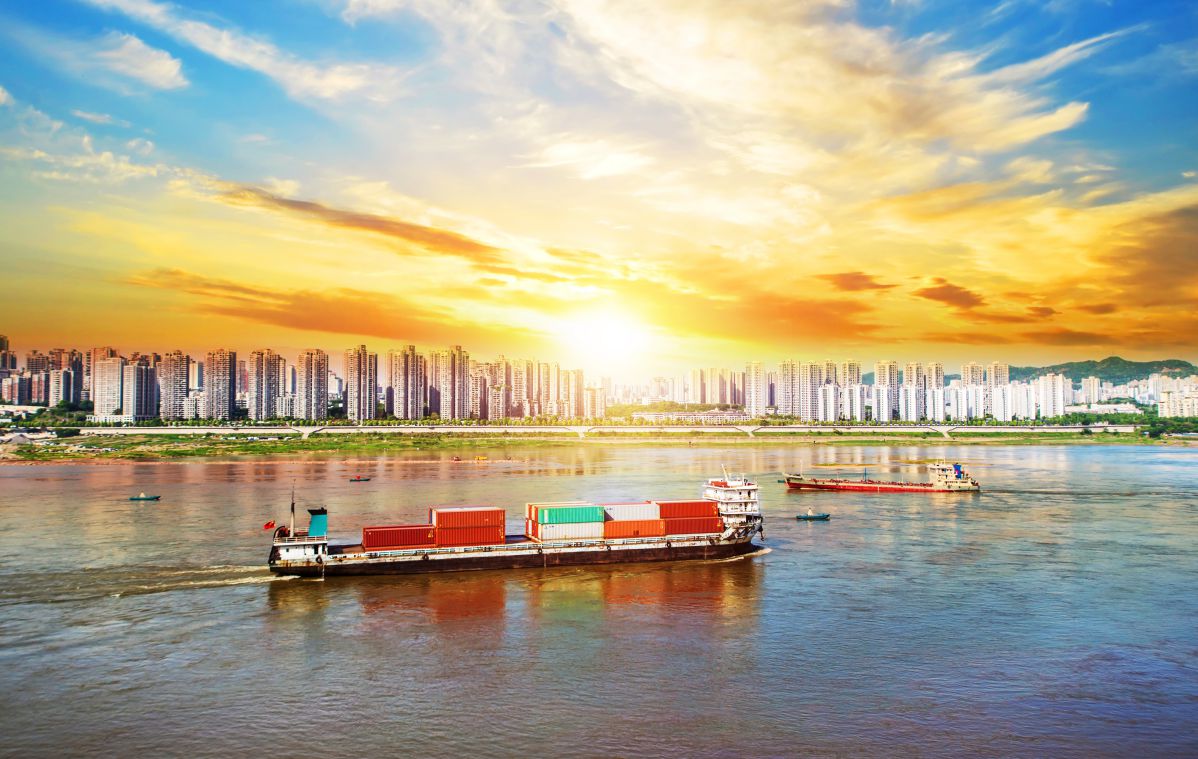In a rapidly changing global trade landscape, importers are faced with a pressing question: Should they continue to source their products from China, or is it time to explore alternatives? The uncertainty brought about by tariffs, trade wars, rising labor costs, and the persistent impact of COVID-19 has sparked this crucial debate.
Some prominent players in the industry, like Nike and Adidas, have already diversified their sourcing, venturing into countries such as Vietnam, Bangladesh, Thailand, India, and Pakistan, particularly for goods like footwear, garments, and electronics.
But are the concerns about tariffs, trade wars, labor costs, and the pandemic justified? That remains uncertain, and the answer might vary for different products.
So, what are your options? Depending on your product and industry, you could:
✅ Keep Production in China.
✅ Balance Supply Chain Management: Keeping some supply chain aspects in China outsourcing other components to optimize price, quality, and tariff.
✅ Relocate Production: Move the entire production out of China.
✅ Re-shore: Bring production back to the USA.
▶️ The next part will provide valuable insights about factors to consider when moving the supply chain from China to alternative sources.

Experts in the Automotive Industry Asia
You need one, but don`t want to hire one permanently?
Our solution: To rent our experts
- On pay-to-use basis
- Completely flexible
- Contract can be cancelled any time
Clearly represented reports and dashboards inclusive!

